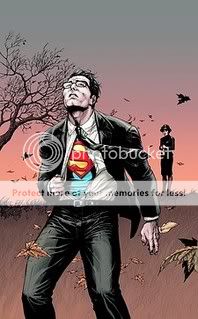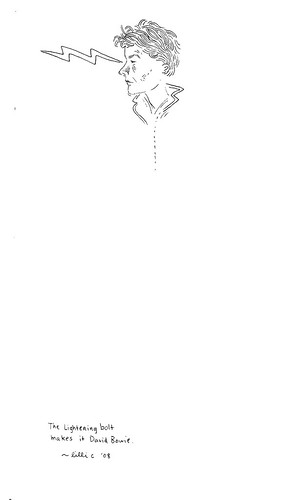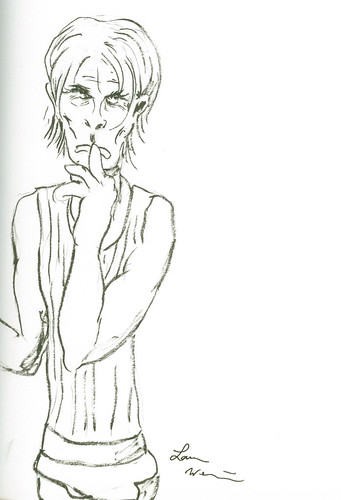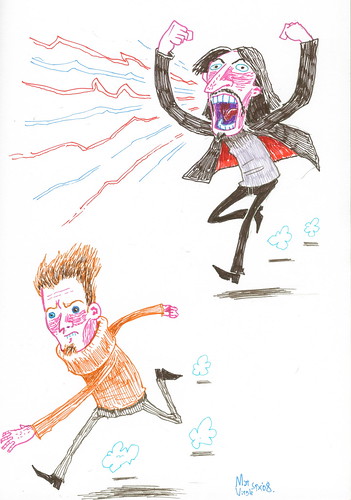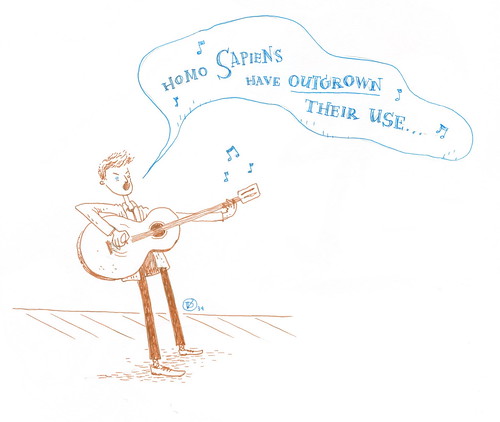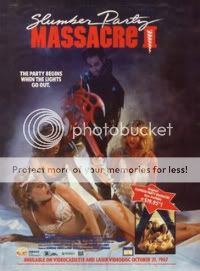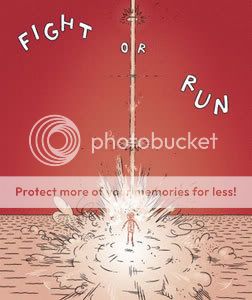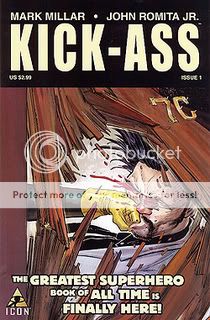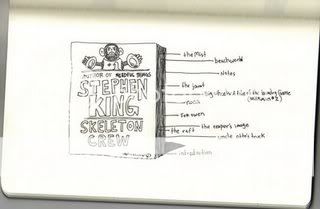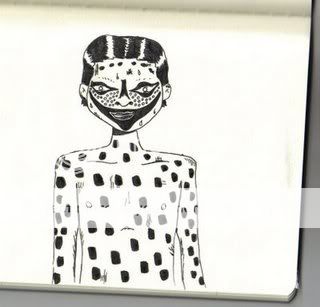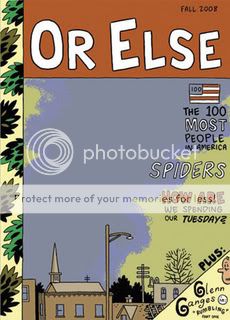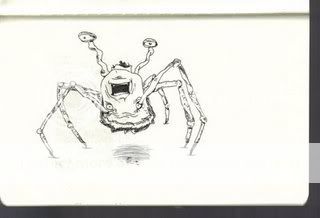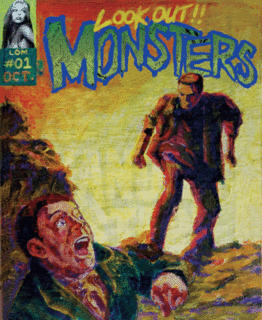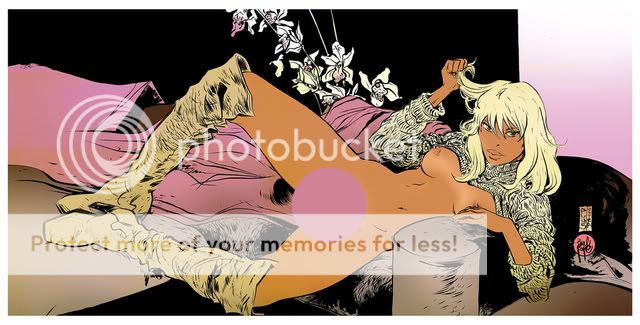* From now on, writing about Matt Furie’s brilliantly funny Boy’s Club guarantees you a top slot in the Carnival of Souls. Our first recipient of said largesse: Tom Spurgeon.
* Frank “Lefty” Rosenthal, the basis for Robert DeNiro’s character Sam “Ace” Rothstein in my favorite Martin Scorsese film Casino, has died. Is this one of the all-time great mobster photos or what?

* The final section of the final season of Battlestar Galactica debuts on January 16th. (Via Whitney Matheson.)
* The adaptation of Ed Brubaker and Sean Phillips’s Sleeper has a writer and the adaptation of Cormac McCarthy’s The Road has a (maybe majorly) delayed release date.
* In praising the apparently simple pleasures of Quarantine, Horror Hacker’s Grady Hendrix manages to articulate a problem I had with the film it’s based on, [REC], that I hadn’t been able to put my finger on until now:
The original Rec was a low budget affair with one single goal: To make the audience jump. And it worked; it’s a movie that has you springing out of your seat like a Mexican jumping bean.
That was the goal alright, and it definitely worked. I’m not convinced there’s any more to it than that, I guess.
* Also at Horror Hacker, Charles Burns talks about the animated horror-anthology feature Fear(s) of the Dark and David Fincher’s upcoming adaptation of Black Hole, which it doesn’t sound like Neil Gaiman is writing anymore. I have to say, gorgeous as Burns’s art is, I don’t want to see a Sin City style digital recreation of it onscreen for the Black Hole movie. That’s a story that can and should stand on its own through a translated tone, not panel-by-panel recreations. (Via Jason Adams.)
* Not Coming to a Theater Near You’s Rumsey Taylor on the genius of Jaws.
* Jog reviews Brian Azzarello and Lee Bermejo’s Joker graphic novel. Leaching the subversive, camp, performative aspects out of the Joker and just making him a torture-porn tough guy with a fucked-up face starring in a macho crime caper seems singularly unappealing to me, but maybe I’m missing something?
* Here’s a good-lookin’ trailer for the good-lookin’ vampire film Let the Right One In.
* He’s the one-man army, Ason: an enterprising World of Warcraft player plays 36 separate accounts at once so that he can go on raids all by himself. I hope he kicks ass. (Via Topless Robot.)
* Rickey Purdin’s daily horror drawings: still killin’ it.
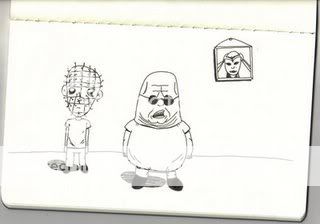

* Monster Brains presents a demonic Swipe File–if you like this, wait till you get a load of the paintings it was copied from…
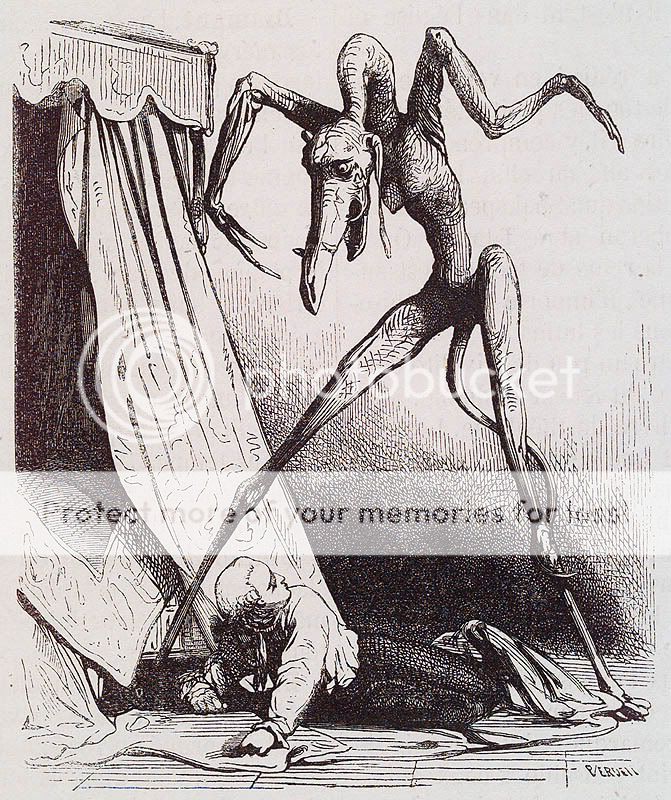
* Meat is torture.
* Torture of the human variety has the Presidential seal of approval.
* Finally (via Pitchfork), I say again, Chinese Fucking Democracy.

